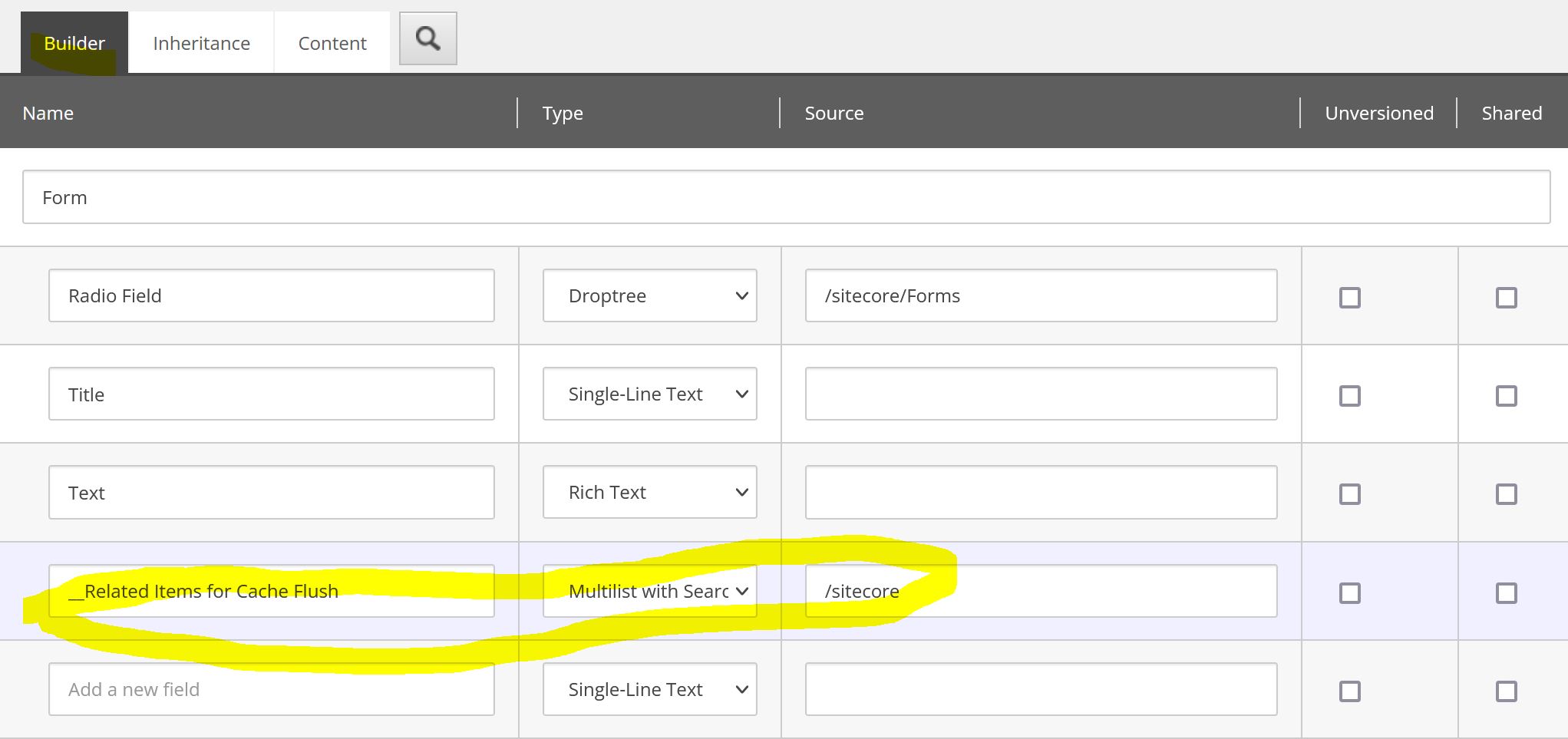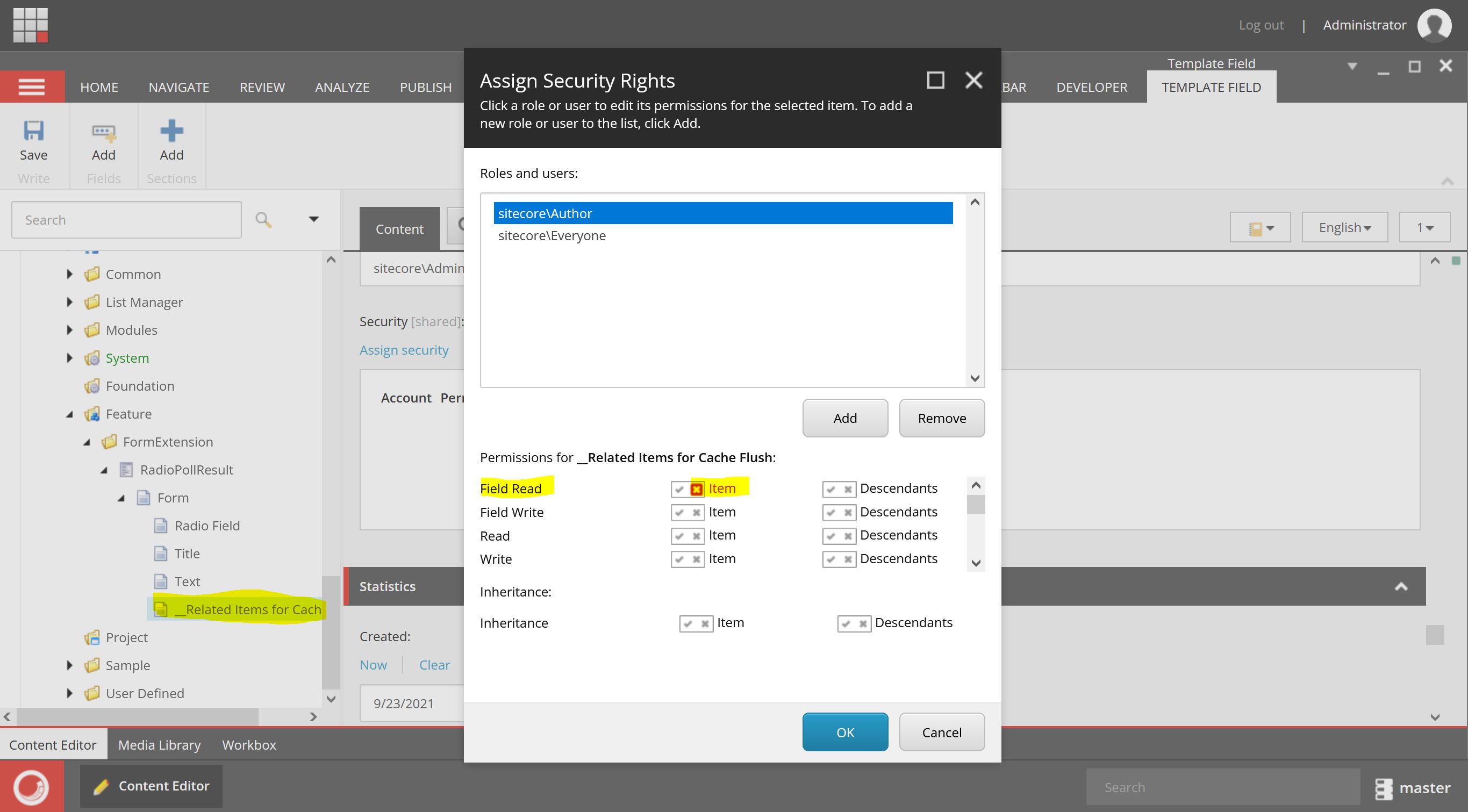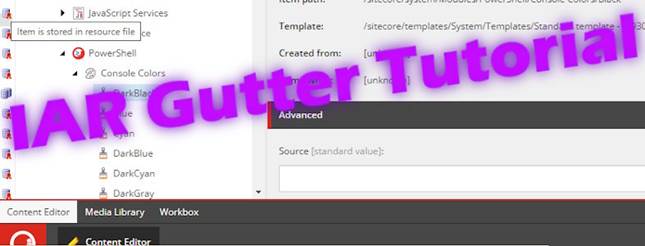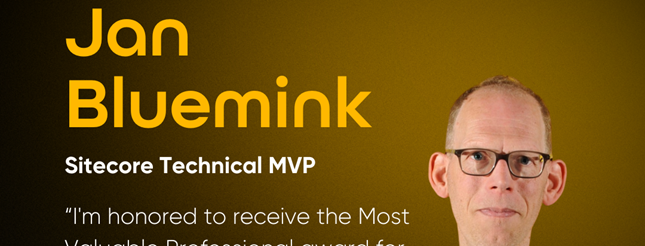- Home
- Tips & Tricks and news
- Sitecore articles and code samples
- Items as resources part 6 multiple files
- Jan Bluemink Sitecore MVP 2024
- Tip Detecting Sitecore XM Cloud in PowerShell
- Unpublish a language from a Sitecore website
- Media url in the content editor - Edge ready
- Sitecore Content Migrating with GraphQL
- Migrating Your Content
- Create a Package Containing Overridden Items
- Items as resources part 5 Gutter
- Items as resources part 4 compare
- SUGCON Europe 2023 recap
- Item as resources PowerShell warning
- Items as resources part 3 restoring
- Sitecore Webhook Customize JSON
- Jan Bluemink Sitecore MVP 2023
- Sitecore switch Solr indexes strategy on SearchStax
- Sitecore Symposium - laatste ontwikkelingen
- Orphan items and Sitecore Items as resources
- Items as resources part 2 reports
- Tip View html cache content
- Tip Sitecore General link picker 404 error
- Items as resources part 1 warnings
- SUGCON Europe 2022 recap
- From MVC to Sitecore Headless Rendering
- Jan Bluemink Sitecore Most Valuable Professional 2022
- Sitecore Launchpad external link
- The end of Sitecore fast query
- Tip Site specific error and 404 page
- Flush Partial HTML on Dictionary changes
- Sitecore content dependencies options for Partial Html Cache
- Custom Partial Html flush event
- Sitecore Partial HTML Cache
- Flush HTML cache on Sitecore Forms Submit
- Sitecore errors you can encounter
- A poll with Sitecore Forms
- Where is the sitecore_horizon_index
- Sitecore Forms virus upload validation
- Sitecore Forms create a poll
- Sitecore NuGet dependencies in Sitecore 10.1
- Sitecore Forms ML upload validation
- Upgrading to Sitecore 10.1
- Jan Bluemink Sitecore Most Valuable Professional 2021
- Symposium 2020 day 1 Developer recap
- Sitecore CLI login error
- Sitecore Content Editor Warning for large images
- Fix Sitecore 10 Docker installation
- Roles and rights changes in Sitecore 10
- Export and Import Sitecore Roles and Rights
- Advanced Image Field Experience Editor
- Azure DevOps Copy Sitecore Database
- Unable to connect to master or target server
- How many times is each rendering used for a specific website
- A potentially dangerous Request
- CSP headers and Content Hub
- Jan Bluemink Wins Sitecore Most Valuable Professional Award
- Sitecore 9.3 Forms process sensitive files
- Sitecore 9.3 Forms Upload export
- How to add a Sitecore admin programmatically
- DAM connector for Sitecore
- Betty Blocks and Sitecore
- Sitecore Cortex Demo Code in 12 minutes
- Scaling Sitecore JSS images
- Caveats with JSS GraphQL endpoint
- Content tagging JSS GraphQL
- Prevent use of PNG media
- JSS Customizing output
- JSS Integrated GraphQL Queries
- JSS Integrated GraphQL Upgrade
- JSS FormatException: DebugOnly
- New user rights in Sitecore 9.1
- Smartling Translation plugin
- JSS Integrated GraphQL
- Forms Serverless Upload
- Language Warning version 9
- Sitecore Forms Extension Pack
- VSTS and Sitecore
- Roles in Sitecore 9
- Sitecore Azure ARM
- Headless Sitecore
- Sitecore Development 2017
- Azure Cognitive Services
- DocumentDB for sessions
- Databases diskspace tips
- Edit Aliases
- Language Warning
- WFFM and secure Fields
- SUGCON 2016
- Sitecore Tips and Tricks 2016
- SEO Processor
- Custom Cache
- What rights are custom
- Replace Content
- Bulk Create Sitecore Users
- Content editor language
- Roles in Sitecore 8
- Wrong language warning
- Change LinkManager config
- Development and deployment
- Language fallback
- SEO XML Sitemap
- Single line Text with HTML
- Sitecore and the error page
- Sitecore Tips and Tricks
- The Experience Editor
- Upgrade and modules
- User friendly developing
- Dialoge box in een Command
- Editen in de juiste taal
- Sitecore en de error page
- Locked items
- About
- Contact

Created: 27 Sep 2021, last update: 30 Jan 2022
Flush Partial HTML on Dictionary changes (Sitecore 10.1+)
If you use Partial Html Cache and Sitecore Dictionary items the Cache will not flush on changes. Also depend on your code other items changes are also not part of the out of the box flush option.
Adding automatically a relation to the used dictionary items requires some complex logic that is not easy or might be time consuming to execute. If you want to flush the partial html cache when there are dependencies changed that are not part of the options. The only thing you can do is publish the data sources or (the whole website) or use the cache admin tool, but that do only one server, no remoting no other Sitecore servers.
For flushing Html cache on Dictionary change I have 3 solutions or actually workaround: note: There are multiple ways to use the Dictionary but this is about when using Sitecore Items in master/web database and editors can change the value.
1) Use normal Html Cache
Use normal Html Cache for renderings that are depending on Dictionary items, you can perfectly use the Html caching side by side to Partial Html caching
2) Add the dictionary fields to Related Items
Create a “Related Items for Cache Flush” Field on your datasource template, use standard values to specified the dependencies. Optionally gives the Field “Field Read” deny permissions so you don’t bother the editor with this technical field. Now you can use the Related Items flush on the rendering to flush your Rendering on some specific dictionary items.


3) Full clear cache on dictionary change
Create a processor in the item:save event that do a clear on the cache when a dictionary item is saved. Flush the entire cache or specify which renderings you want to clear, auto detect which rendering are using the dictionary is complex to write. So specify or just flush the whole cache. This goes against the idea of the partial HTML cache, but it is useful to be able to completely empty the cache if you need to. Usually the dictionary is not modified much and extra permissions are needed for this.
using Sitecore.Abstractions;
using Sitecore.Diagnostics;
using Sitecore.Data.Items;
using System;
using Sitecore.Data.Events;
using Sitecore.Events;
using Sitecore.Web;
using System.Collections.Generic;
using System.Linq;
namespace DictionaryFlushPartialCache
{
public class Clear
{
private readonly BaseSiteContextFactory _siteContextFactory;
public Clear(BaseSiteContextFactory siteContextFactory)
{
Assert.ArgumentNotNull((object) siteContextFactory, nameof (siteContextFactory));
this._siteContextFactory = siteContextFactory;
}
public void OnItemEvent(object sender, EventArgs args)
{
Assert.ArgumentNotNull((object)args, nameof(args));
Item item = ExtractItem(args);
if (item != null && item.Paths.FullPath.StartsWith(@"/sitecore/system/Dictionary"))
{
Flush();
}
}
private static Item ExtractItem(EventArgs args)
{
Assert.ArgumentNotNull((object)args, nameof(args));
switch (args)
{
case ItemSavedRemoteEventArgs savedRemoteEventArgs:
return savedRemoteEventArgs.Item;
case SitecoreEventArgs sitecoreEventArgs:
return (Item)Sitecore.Events.Event.ExtractParameter(args, 0);
}
return (Item)null;
}
private void Flush()
{
var sites = GetSitesWithPartialHtml();
foreach (SiteInfo site in sites)
{
var partialcache = Sitecore.Caching.CacheManager.FindCacheByName(site.Name + "[partial html]");
if (partialcache != null)
{
partialcache.Clear();
}
}
}
private IEnumerable GetSitesWithPartialHtml()
{
return this._siteContextFactory.GetSites().Where(x => x.CacheHtml && x.EnablePartialHtmlCaheClear);
}
}
}
<?xml version="1.0" encoding="utf-8" ?>
<configuration xmlns:patch="http://www.sitecore.net/xmlconfig/">
<sitecore>
<pipelines>
<initialize>
<processor type="RadioPollResult.Eventing.Event, RadioPollResult"/>
</initialize>
</pipelines>
<events>
<event name="item:saved">
<handler type="DictionaryFlushPartialCache.Clear, DictionaryFlushPartialCache" method="OnItemEvent" resolve="true" />
</event>
<event name="item:savedremote">
<handler type="DictionaryFlushPartialCache.Clear, DictionaryFlushPartialCache" method="OnItemEvent" resolve="true" />
</event>
</events>
</sitecore>
</configuration>
Note:
3 things you can do to Flush Partial HTML on Dictionary changes, choose the solution that best suits your project. The solutions are generic and also apply to other dependencies that are outside of the available content dependencies options. It is also possible even quite simple if you can easily pick up the depencies to make options yourself. See Sitecore 10.1 Build a Home Item Content dependencies option for Partial Html Cache




